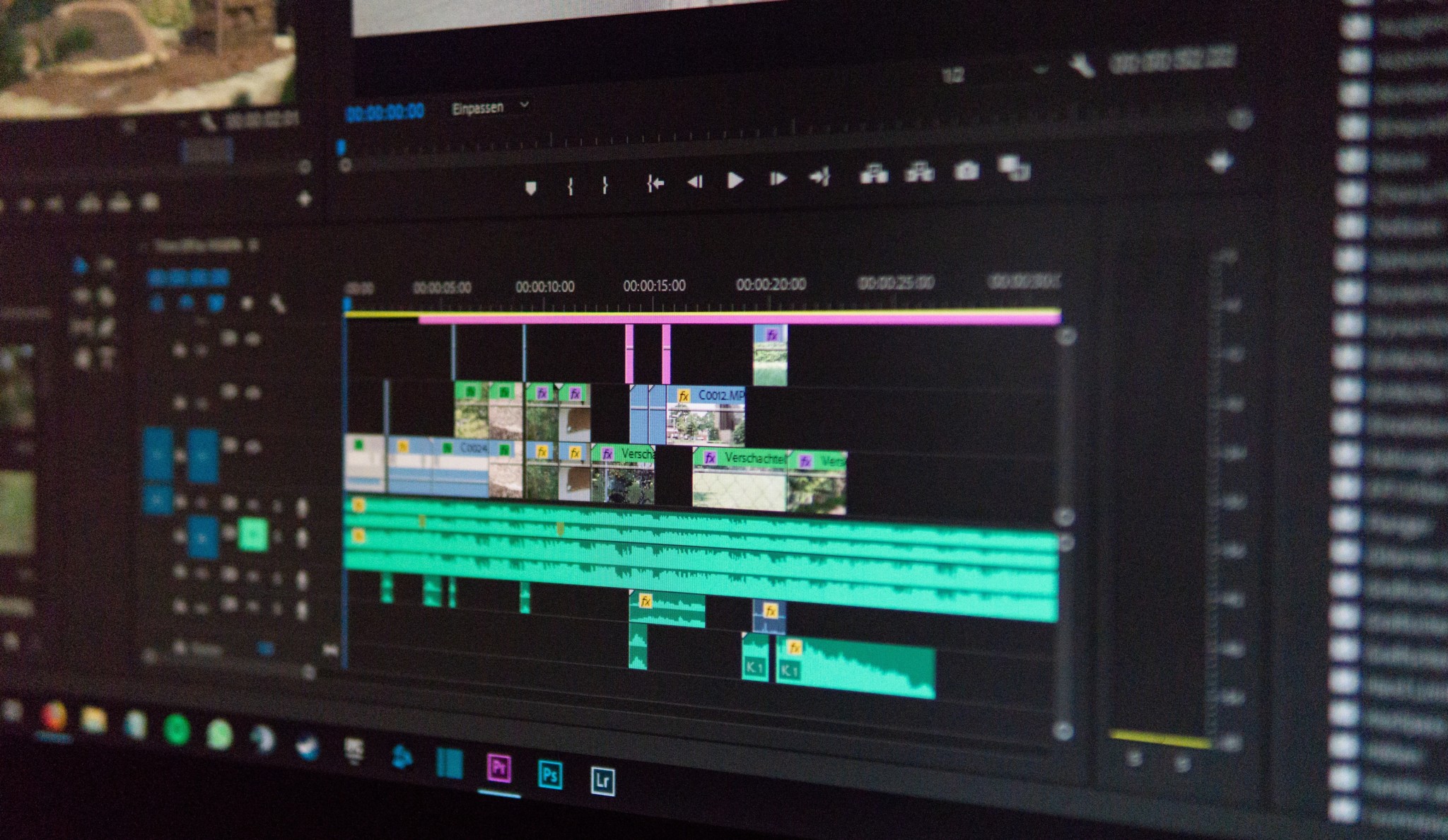Footage is footage.
Whether it’s a major motion picture, a regional commercial, independent film, or anything in-between, the amount of media captured for any particular project can balloon from a few takes to filling multiple drives almost immediately. In just a few months, even a basic HD camera will have recorded massive amounts of video and audio.
For many small teams, organizing these files means using a new external hard drive for each project to organize after capture. This is an attractive approach at first, particularly with the price-per-terabyte of consumer-level drives at an all-time low. However, in practice, what seems cost effective on the surface can quickly become an unmanageable library of drives all sitting with varied amounts of unused space.
There is a misconception that only large production companies with multiple server racks, petabytes of media files, and massive teams of editors need shared storage. The truth is, shared storage doesn’t have to mean hundreds of terabytes of storage, a dedicated IT staff, or even a server room.
For 3-to-6-person teams–even down to just one or two people–shared storage can simply be a desktop server that sits between editors who just plug in and start sharing media and projects.
Even a small shared storage server helps keep media organized, easy to work with, and provides the flexibility to store, use, and protect media for years to come.
Shared Storage Helps You Organize the Past
What starts out as the most well-organized “library” of drives often turns into a headache of elephantine proportions. Even if finding the physical drives for a specific project is possible, it inevitably leads to passing drives from computer-to-computer – the dreaded “sneakernet” approach – and multiple versions of projects saved to each drive. Worse yet, no amount of organization will help if files get corrupted on an external drive, rendering entire projects useless or sending everyone clamoring to find alternative footage to use.
With shared storage, you can have a single location for years’ worth of projects, all continually accessible by anyone who may weigh-in at any point in the process. This allows for quick updates of evergreen projects, and the organization of completed work for later reference. All of this happens ON the shared storage server, without having to push-and-pull projects down to each computer.
If that sounds somewhat like “the cloud” it’s because it is very similar – but shared storage has some major differences that make it a more reliable option. At the end of the day, the cloud is just a computer in somebody else’s building. Shared storage gives you the ability to create a digital library of your files with the peace of mind that comes with owning the hardware and knowing where it sits in your network – meaning you know where your past projects are and control what happens to them.
Plus, with media asset management software like ShareBrowser, you can not only take control over where your media is, but how it’s organized by adding comments and custom tags to your clips, projects, and other files, and making them searchable for future use.

Shared Storage Simplifies the Present
New footage from a day on set is exciting and motivating – until you have to transfer it all from your camera media, through a card reader, onto your computer, and then onto external drives where you still have to keep them organized. Nothing cripples the creative process like waiting around for files to transfer, no matter how many times we tell ourselves otherwise. And let’s not forget all the jokes about file-naming conventions, or lack thereof, that pushes the definition of “final” to the extreme.
Meanwhile, a shared storage system allows media to be uploaded, curated and edited from a centralized server, without the need for uploading local copies to each computer. That means the time between shooting and editing is drastically reduced, and you don’t have to figure out how to fill that time with something that may not be so productive.
Most of all, the right shared storage doesn’t require an entire IT department just to install – and anything that reduces downtime for installation is a good thing. Again, simplicity is key because odds are, shared storage that is too complex to set up will be just as headache-inducing to use.

Shared Storage Prepares You for the Future
Nobody ever has less footage – and, for better or worse in the digital age, nothing is ever truly deleted. Archived, yes. Deleted, no, which means that you’ll never need less storage. This leaves you with a few options:
- Keep purchasing external drive after external drive and hoping that the spreadsheet you set up five years ago is constantly updated and your library gets archived in a timely manner. You’ll also want to start looking at a bigger studio/work space so that you have room to store all of those drives, too…
- Buy the largest cloud storage plan you can afford and hope and pray that it integrates with your workflow. You’ll probably fill it up and have to pay for more storage while trusting your data/video to a computer somewhere else which you have zero control over, pushing and pulling files only as quickly as your internet connection will allow.
- Invest in a shared storage server that puts your data and media in a secure, centralized and manageable location. While it might seem to be the most expensive option up-front, it quickly pays dividends and saves you from the hassles listed above. You can even start with a smaller system (that sits right on your desktop) built specifically for teams like yours.
The answer seems clear, but small teams often think “we’re just a few editors, we don’t need all that.”
Until they do.
So how do you get started? If you’re ready to stop passing drives and digging through a pile of external hard drives to get your projects going – learn more about your shared storage options here.

